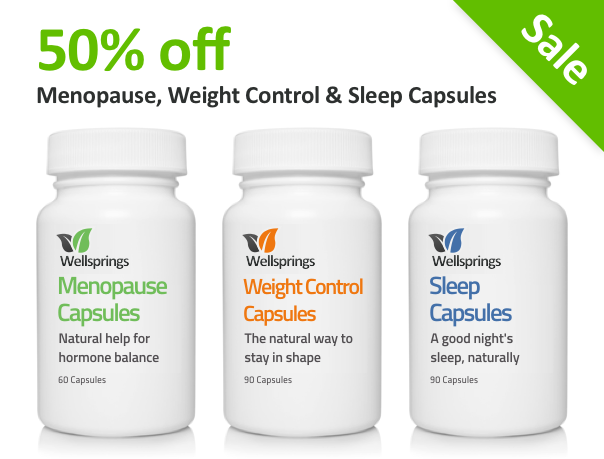Endometriosis Risk Increased by 48% With High Trans Fat Intake
Oestrogen dominance and a diet high in trans-unsaturated fats carries a greater likelihood of developing endometriosis, a common condition at perimenopause. Rebalancing with progesterone can help reduce the risk.
Endometriosis affects around one in ten women in the UK, with most being diagnosed between the ages of 25 and 40 and is linked to excess oestrogen (oestrogen dominance)
It is a condition in which small pieces of the womb lining are found in the wrong place. That is outside the womb in the fallopian tubes, ovaries, bladder, bowel, vagina or rectum. The endometriosis cells behave in the same way as those that line the womb, so every month – wherever they are in the body – they grow during the menstrual cycle and are shed as a bleed. However, the endometrial cells have no way of leaving the body and are trapped, and it is this that leads to pain, swelling and sometimes damage to the fallopian tubes or ovaries, causing fertility problems. Previous research found that eating four grams of trans fats a day can lead to infertility in women.
Risk factors
A greater risk for endometriosis is already linked to dietary factors, oestrogen dominance levels, inflammation, prostaglandin metabolism, and the menstrual cycle. It is an examination by Harvard researchers from data in the 1989-2001 Nurses Health Study that has brought new information to light suggesting that eating too much trans fat increased the risk of developing endometriosis.
Women with the highest intake of omega-3 fatty acids were 22% less likely to be diagnosed with the condition than those with the lowest intake and there is therefore a greater risk for those who have a diet high in animal fats. Total fat consumption wasn’t associated with endometriosis risk nor was eating saturated fats likely to significantly increase the risk of endometriosis.
However, intake of trans-unsaturated fats was associated with an increased risk, particularly in those who had high levels of saturated fat as they were 48% more likely to be diagnosed with endometriosis than those with the lowest intake of saturated fats.
What can help
One reason for the increased risk from trans fats could be that they increase the circulating levels of several inflammatory markers, so removing trans fats and increasing omega 3 from oily fish is the recipe to follow if you want to avoid endometriosis.
The biggest sources of trans fats are from hydrogenated oils that have been turned into solids and found in thousands of pre-prepared foods to give texture and a long shelf life. Chief culprits are fried foods, margarine, cakes, biscuits and pies.
Trans fats don’t just increase your endometriosis risk, they also spell trouble for your heart health. Trans fat raises your LDL (“bad”) cholesterol and lowers your HDL (“good”) (HDL) cholesterol.
Ensuring your oestrogen is balanced by progesterone is a good place to start as excess oestrogen is linked to endometriosis. Then looking at a healthier diet – such as the DASH diet – will also make a substantial difference.

















